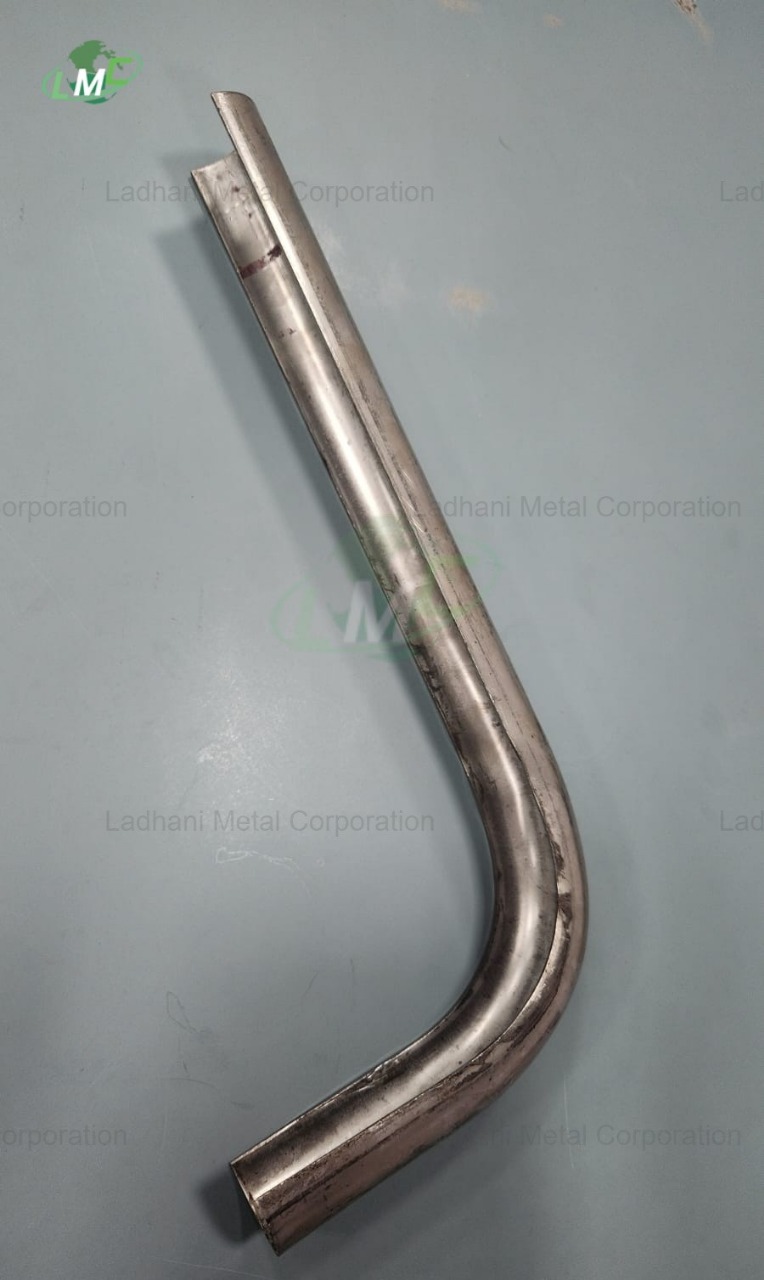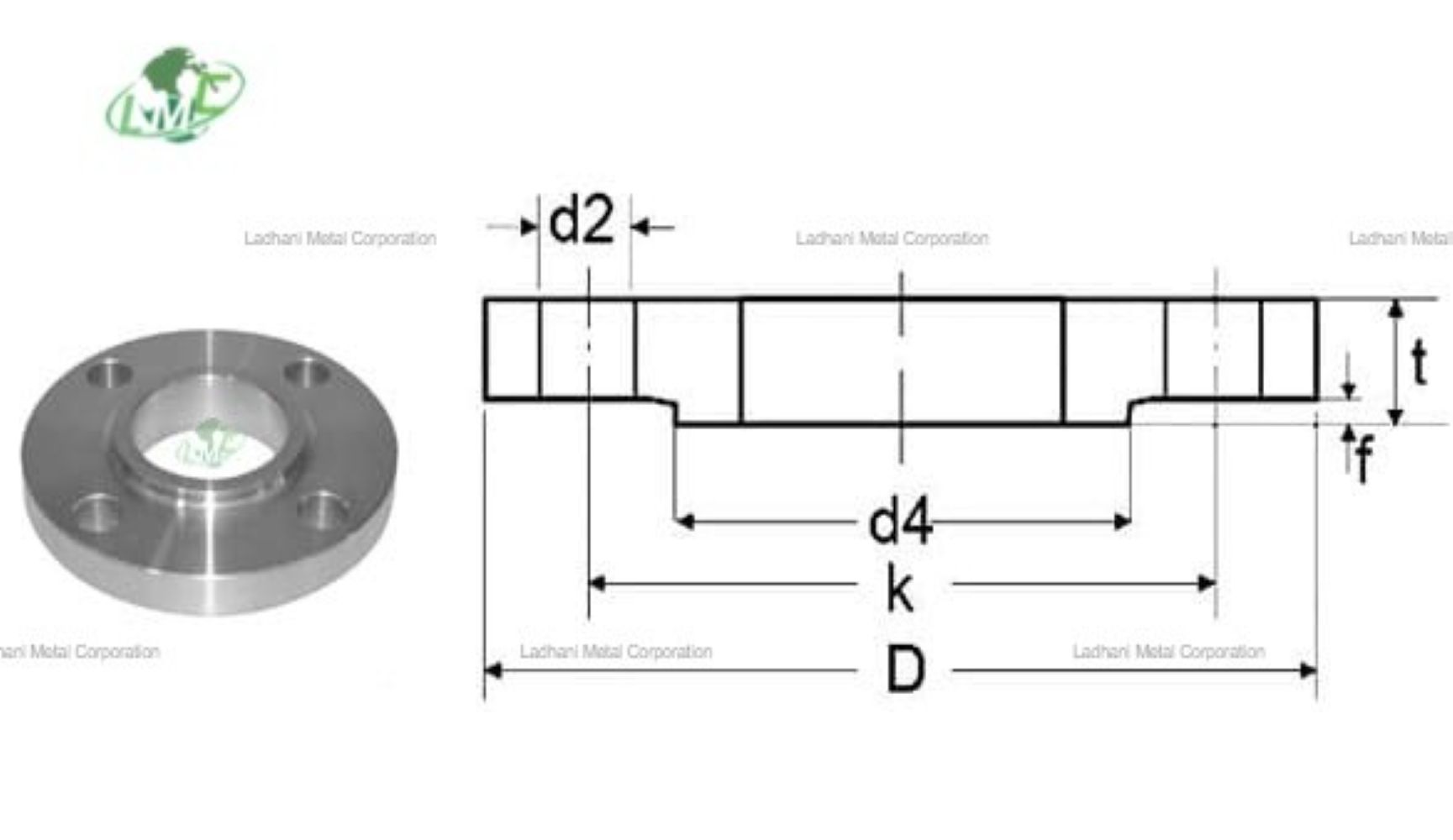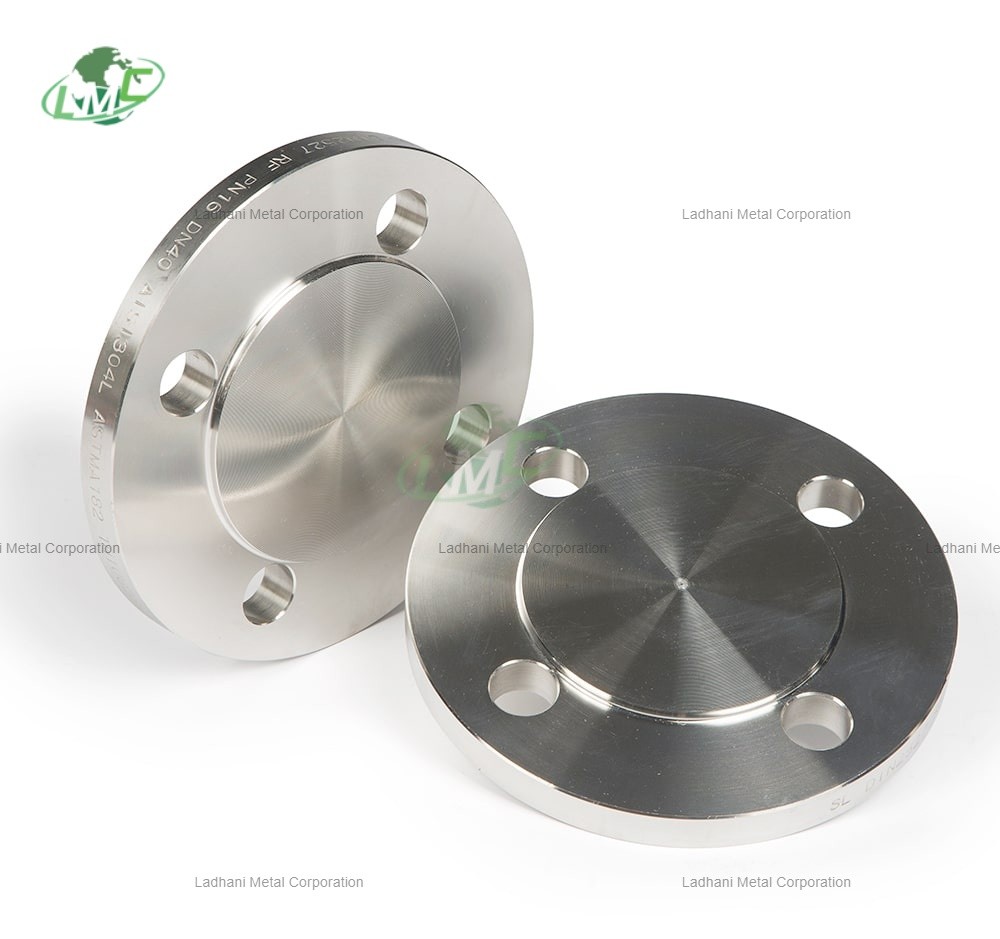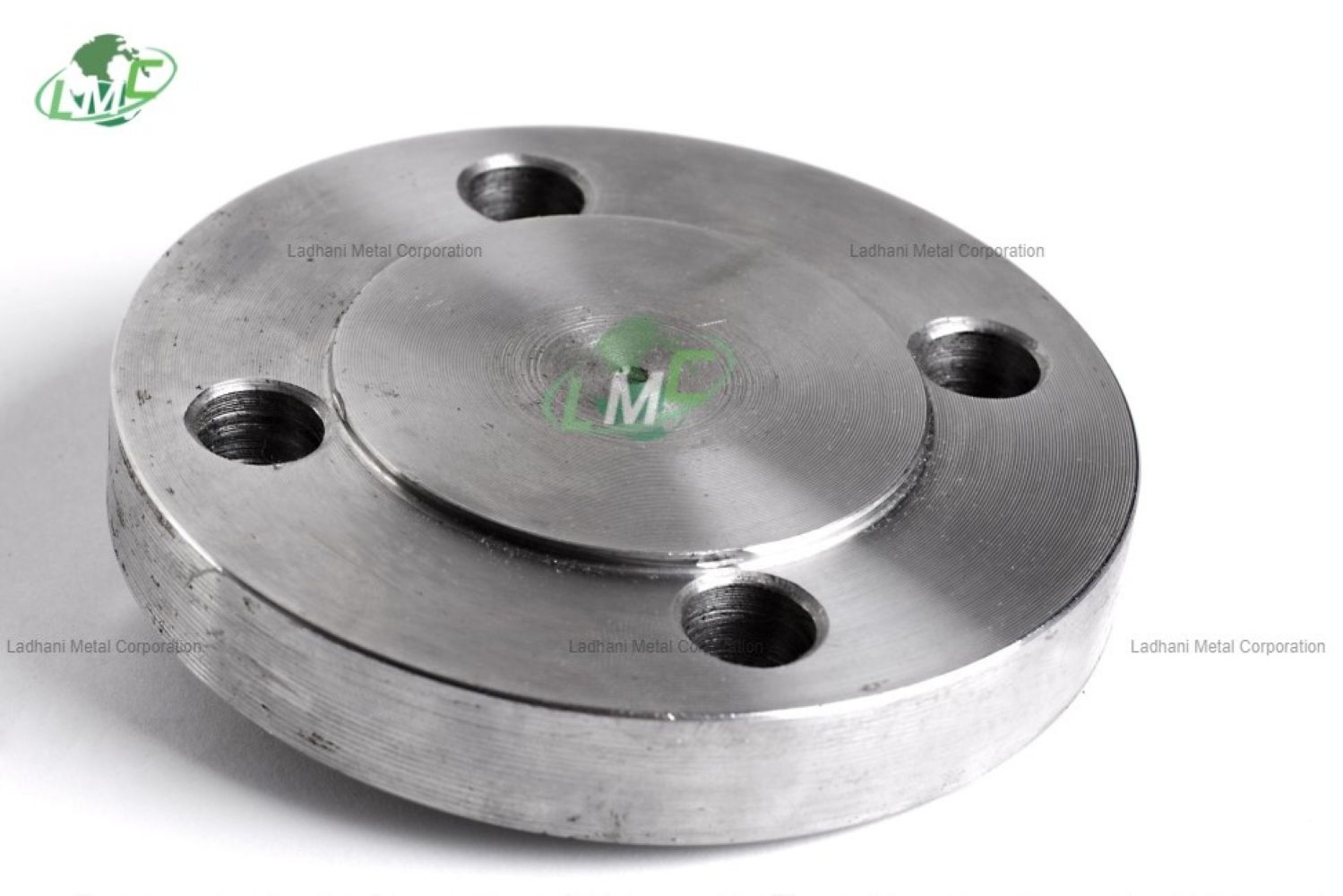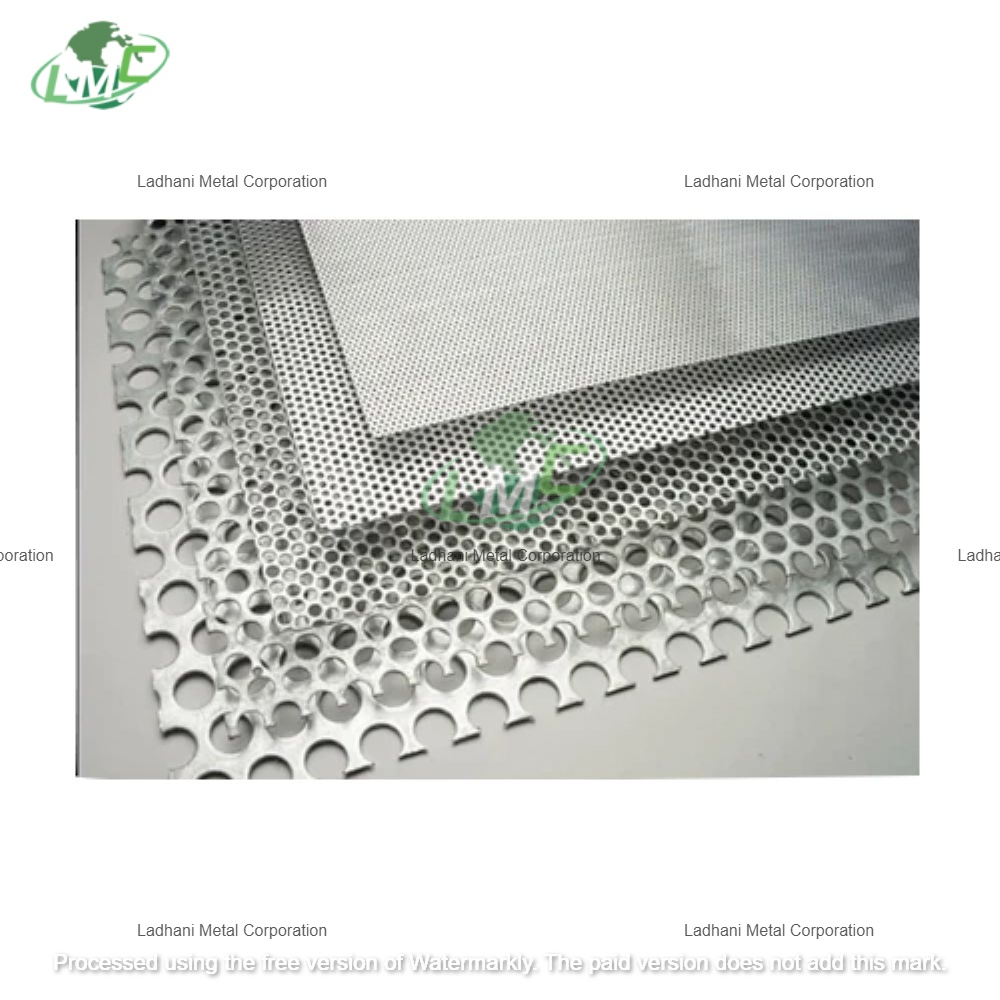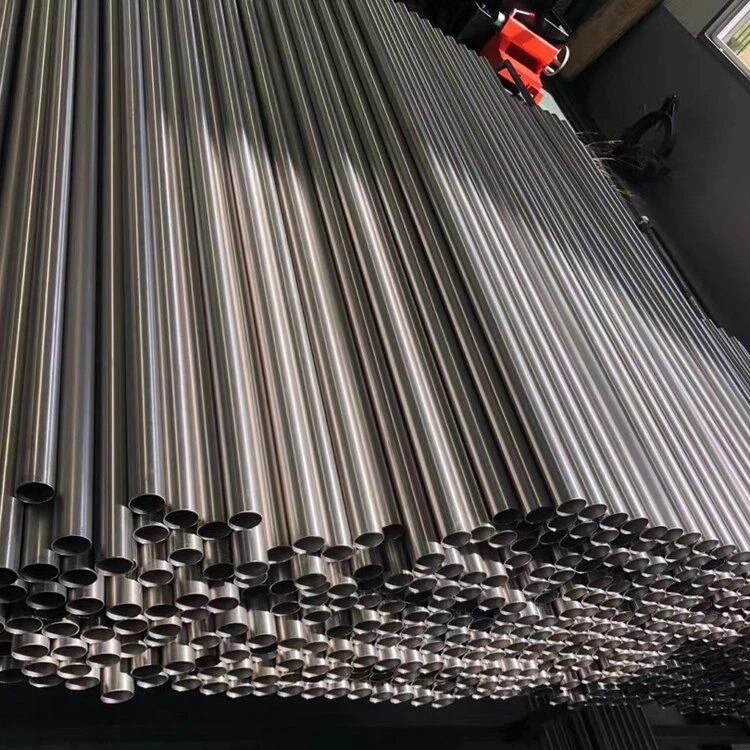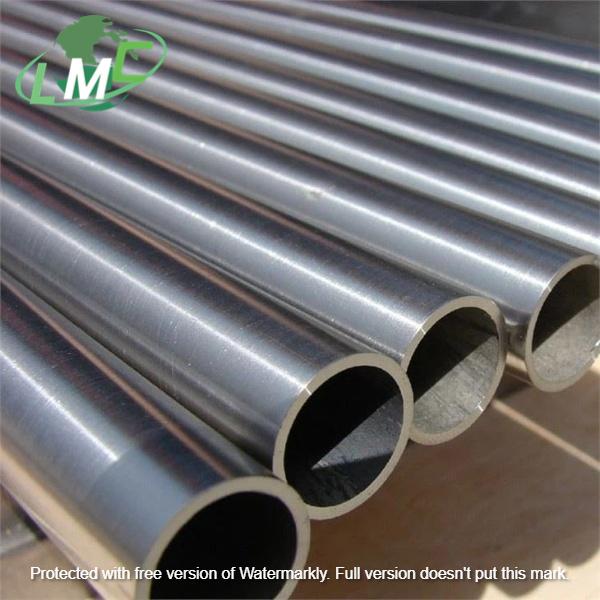Ladhani Metal Corporation offers 1Cr25Ni20Si2 Outer Half Round 90 Degree Bend Tube Shields specifically designed to protect the outer curvature of U-bends and 90-degree turns in high-temperature tubes used in boilers, superheaters, reheaters, heat exchangers, and industrial furnaces. Made from high-alloy austenitic stainless steel grade 1Cr25Ni20Si2, these shields provide excellent resistance to oxidation, high-temperature corrosion, and thermal fatigue. The added silicon content enhances the steel’s oxidation resistance and structural stability in severe thermal environments. The semi-cylindrical design is precisely formed to contour the bend radius of return tubes, creating an effective barrier against particulate erosion, ash impact, and high-velocity gas flow. 1Cr25Ni20Si2 shields are ideal for thermal power generation and industrial systems exposed to oxidizing, carburizing, and dry corrosive atmospheres. Ladhani Metal Corporation is a trusted manufacturer, supplier, and exporter of 1Cr25Ni20Si2 Outer Half Round 90 Degree Bend Tube Shields, offering tailored configurations to meet diverse thermal protection requirements. 1Cr25Ni20Si2 Grade Chemical Composition – Austenitic Heat-Resistant Steel • Carbon (C): ≤ 0.15% • Manganese (Mn): ≤ 1.50% • Phosphorus (P): ≤ 0.035% • Sulfur (S): ≤ 0.030% • Silicon (Si): 1.50 – 2.50% • Chromium (Cr): 24.0 – 26.0% • Nickel (Ni): 19.0 – 22.0% • Iron (Fe): Balance Applications: Suitable for high-temperature systems in boilers, reheaters, thermal incinerators, and petrochemical furnaces where resistance to oxidation, scaling, and heat-induced deformation is critical. Uses • Shields 90-degree curved tube sections in superheaters, reheaters, and economizers • Applied in high-temperature HRSG and WHRB coils exposed to harsh flue gases • Protects against scaling, oxidation, and high-velocity particulate erosion • Used in industrial furnaces, reformers, and exhaust gas boilers requiring thermal durability Features • Superior oxidation resistance – Silicon addition enhances resistance to scale formation at elevated temperatures • High-temperature performance – Withstands sustained thermal stress and cyclic heating • Structural stability – Maintains mechanical integrity during long-term high-temperature exposure • Accurate form – Manufactured to match specific bend radii and pipe sizes for full coverage • Flexible mounting – Can be installed using welding, banding, or mechanical clamps • Custom availability – Offered in various wall thicknesses, bend angles, lengths, and diameters Applications • Thermal power plants – Guards steam tubing and return bends from thermal wear and surface damage • Waste heat recovery units – Shields tube bends from high-temperature gas erosion • Petrochemical furnaces – Used in radiant coils and transfer lines operating at extreme temperatures • Metallurgical and cement industries – Protects heat exchange tubes exposed to oxidizing and abrasive conditions Conclusion The 1Cr25Ni20Si2 Outer Half Round 90 Degree Bend Tube Shield by Ladhani Metal Corporation provides high-performance protection in extreme heat environments where oxidation, scaling, and erosion pose critical challenges. Engineered for longevity and thermal resilience, these shields are ideal for demanding industrial applications. For specialized configurations, technical guidance, or material selection support, contact Ladhani Metal Corporation. #Mumbai #Pune #Ahmedabad #Vadodara #Surat #Rajkot #Jamnagar #Bharuch #Ankleshwar #Vapi #Delhi #Faridabad #Ghaziabad #Noida #Gurugram #Chennai #Coimbatore #Tiruchirappalli #Hyderabad #Visakhapatnam #Vijayawada #Bangalore #Mangalore #Mysore #Kolkata #Durgapur #Asansol #Bhubaneswar #Rourkela #Raipur #Bhilai #Bilaspur #Nagpur #Nashik #Aurangabad #Indore #Bhopal #Jabalpur #Kanpur #Lucknow #Varanasi #Jaipur #Kota #Udaipur #Jodhpur #Chandigarh #Ludhiana #Jalandhar #Haridwar #Dehradun #Agra #Meerut #Aligarh #Moradabad #Bareilly #Mathura #Gwalior #Rewa #Satna #Sagar #Ujjain #Ratlam #Solapur #Kolhapur #Amravati #Akola #Jalgaon #Latur #Sangli #Nanded #Gandhinagar #Bhavnagar #Mehsana #Surendranagar #Junagadh #Nadiad #Nizamabad #Karimnagar #Warangal #Kurnool #Nellore #Tirupati #Salem #Erode #Madurai #Tirunelveli #Thoothukudi #Belgaum #Hubli #Tumkur #Hassan #Cuttack #Sambalpur #Jamshedpur #Ranchi #Dhanbad #Patna #Gaya #Muzaffarpur #TubeShield #HalfTubeShield #SSHalfRoundShield #BoilerTubeShield #BoilerShield #TubeProtection #Tubeshieldmanufacturer #BoilerTubeProtection #SSTubeShield #MetalIndustry #SteelFabrication #IndustrialShielding #SS304Shield #SS316Shield #StainlessSteelShield #WeldOnShield #WeldedTubeShield #TubeCladding #BoilerTubeSleeve #TubeSleeve #MetalFabrication #PowerPlantSupplies #RefineryEquipment #ProcessIndustry #MetalComponent #TubeShieldForBoilers #BoilerParts #SteelSolutions #TubeShieldManufacturer #TubeShieldSupplier #SSShielding #IndustrialTubeShield #BoilerTubeGuard #CustomMetalParts #SteelIndustryIndia #MetalEngineering
Send Message
